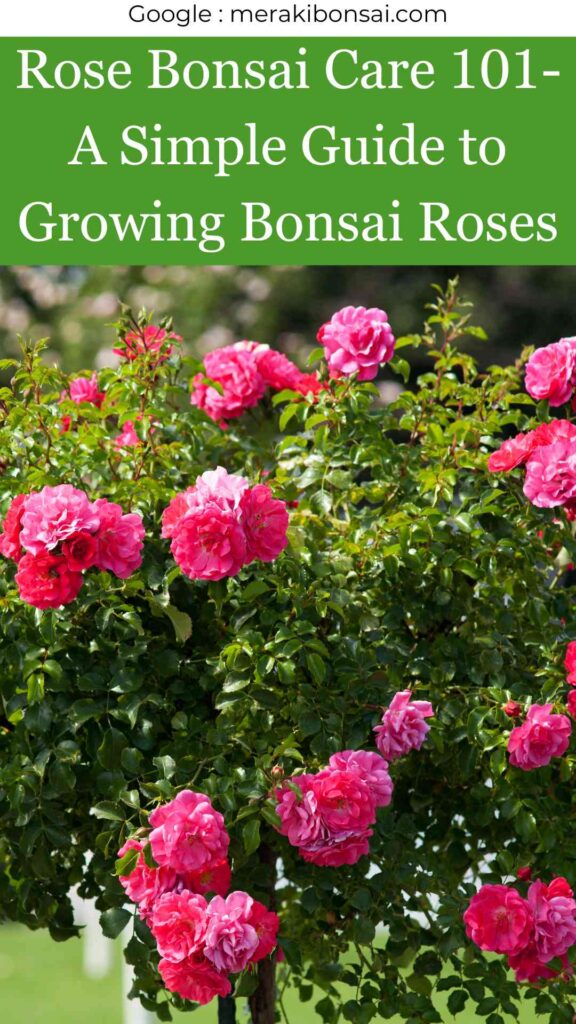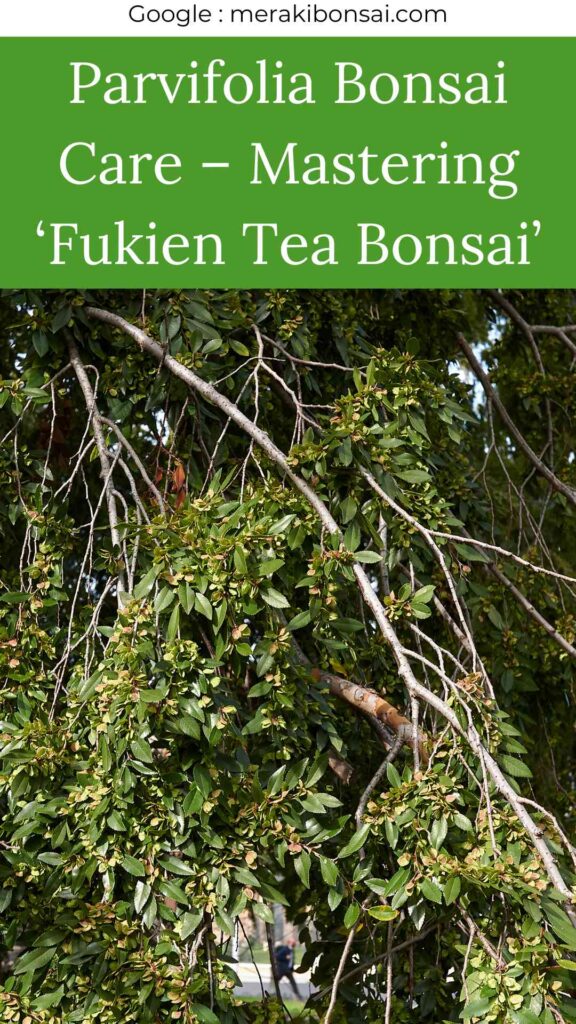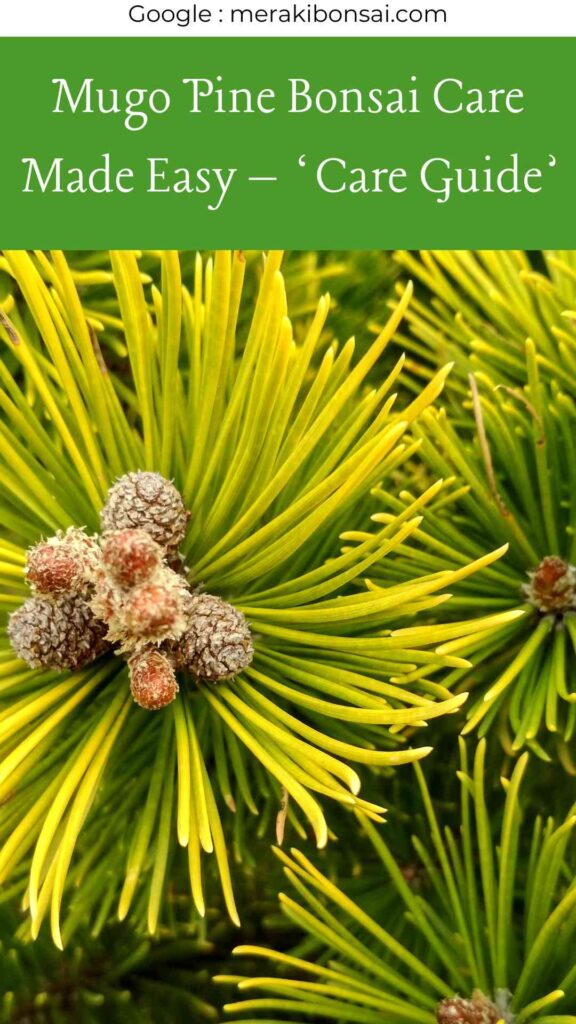
Rose Bonsai Care 101: A Simple Guide to Growing Bonsai Roses
Hey there, bonsai enthusiasts! I’m Raima, your friendly neighborhood bonsai expert with over a decade of experience in nurturing these miniature wonders. Today, we’ll dive into the enchanting world of rose bonsai care. If you’ve ever dreamed of cultivating a tiny, blooming rose tree right on your windowsill, you’re in the right place!
Growing bonsai roses might sound like a challenge, but trust me, with a little know-how and the right tools, it’s a rewarding journey. So, let’s roll up our sleeves and get started!
Choosing the Right Rose for Your Bonsai
First things first, not all roses are created equal when it comes to bonsai. You want to choose varieties that have smaller flowers and leaves. Some great options include:
- Rosa rugosa (Japanese Rose)
- Rosa banksiae (Lady Banks’ Rose)
- Rosa multiflora (Multiflora Rose)
These roses are not only beautiful but also more adaptable to the bonsai lifestyle. You can find these at local nurseries or online plant shops.
Picking the Perfect Pot
Your rose bonsai needs a home, and not just any pot will do. You need a container that’s both functional and aesthetically pleasing. I recommend this Ceramic Bonsai Planter Pot. It’s got drainage holes (super important!) and comes in various sizes to match your bonsai’s growth stage.
If you’re looking for something a bit more traditional, this Bonsai Pot is a classic choice. It’s sturdy, has great drainage, and its earthy tones will make your rose bonsai pop!
Soil: The Foundation of Healthy Growth
Bonsai soil is different from your regular garden soil. It needs to drain well while retaining just enough moisture. A mix of akadama (a type of clay), pumice, and organic compost works wonders. This blend provides aeration, drainage, and nutrients – all essential for your rose bonsai’s health.
Lighting: Roses Need Their Sunshine
Roses love sunlight, and your bonsai rose is no exception. Aim for at least 6 hours of direct sunlight daily. If you’re growing indoors and can’t provide enough natural light, these Bonsai Indoor Lights are a game-changer. They mimic sunlight and help your bonsai thrive even in less-than-ideal conditions.
Watering: Not Too Much, Not Too Little
Watering your rose bonsai is a bit of an art. You want to keep the soil moist but not waterlogged. Overwatering can lead to root rot, while underwatering can stress your plant. The best way to water is to use a Watering Can with a fine nozzle. This allows you to control the flow and ensure every part of the soil gets moisture.
To know when to water, use a Soil Moisture Meter. It takes the guesswork out of watering. When the meter reads on the drier side of “moist,” it’s time to water.
Fertilizing: Food for Your Rose Bonsai
Just like us, your bonsai needs nutrients to grow. During the growing season (spring through fall), feed your rose bonsai every two weeks with a balanced, water-soluble Fertilizer. This will provide the nitrogen, phosphorus, and potassium your rose needs for healthy growth and vibrant blooms.
Pruning: Shaping Your Rose Bonsai
Pruning is where the art of bonsai really shines. It’s how we guide our roses into those beautiful, miniature tree forms. You’ll need some quality tools:
- Bonsai Pruning Tools: This set has everything you need to shape your bonsai.
- Bonsai Pruning Scissors: Perfect for precise cuts on delicate branches and leaves.
When pruning, remove any dead, diseased, or crossing branches. Also, trim back new growth to maintain the shape. Remember, every cut should have a purpose!
Wiring: Guiding Growth
Wiring is another technique to shape your bonsai. You gently wrap wire around branches to guide their growth. For this, I use:
- Anodized Aluminum Wire: Great for deciduous trees like roses.
- Annealed Copper Wire: For thicker, older branches.
Be gentle when wiring. You want to guide, not constrict, the branches.
Pest Control: Keeping Your Rose Bonsai Happy
Even indoor bonsai can attract pests. Aphids, spider mites, and whiteflies are common culprits. At the first sign of pests, treat your bonsai with an Organic Insecticide. It’s effective and safe for both your bonsai and your home.
Repotting: Giving Your Bonsai Room to Grow
Every 2-3 years, your rose bonsai will need repotting. This refreshes the soil and gives the roots space to grow. The best time to repot is in late winter or early spring, just before the growing season kicks in.
When repotting, gently remove your bonsai from its pot, trim away some of the older roots, and place it in fresh soil in a slightly larger pot. This process rejuvenates your bonsai and promotes healthy growth.
Enjoying Your Rose Bonsai
Growing a rose bonsai is more than just a hobby; it’s a journey of patience, care, and joy. There’s something magical about seeing those first tiny rosebuds open, knowing your dedication made it happen.
Remember, every bonsai is unique. As you care for yours, you’ll learn its quirks and needs. That’s the beauty of this art – it’s a conversation between you and your tree.
I hope this guide helps you on your rose bonsai adventure. If you found it useful, consider buying me a coffee. Your support keeps me motivated to share more bonsai wisdom with this wonderful community. Happy growing, everyone!
FAQs: Your Rose Bonsai Questions Answered
- Q: How often should I water my rose bonsai?
A: Water when the soil feels slightly dry to the touch, usually every 1-2 days in summer and less in winter. Use a moisture meter to avoid overwatering. - Q: Can I grow a rose bonsai indoors?
A: Yes! With proper lighting (natural or artificial), you can enjoy your rose bonsai indoors year-round. - Q: How do I encourage my rose bonsai to bloom?
A: Provide adequate sunlight, proper fertilization, and avoid overwatering. Also, some stress (like slight root pruning during repotting) can stimulate blooming. - Q: When is the best time to prune my rose bonsai?
A: Prune in late winter or early spring before new growth begins. For shaping, you can prune lightly throughout the growing season. - Q: My rose bonsai has yellow leaves. What’s wrong?
A: Yellow leaves can indicate overwatering, poor drainage, or nutrient deficiencies. Check your watering habits, soil drainage, and fertilizing routine. - Q: How long does it take to grow a rose bonsai?
A: It depends on the technique. Starting from seed can take 3-5 years to see significant shaping. Starting with a young plant can speed up the process. - Q: Can I use regular rose fertilizer for my bonsai?
A: It’s better to use a balanced, water-soluble bonsai fertilizer. Regular rose fertilizers might be too strong and harm your bonsai. - Q: How do I protect my rose bonsai from pests?
A: Regular inspection, good air circulation, and avoiding overwatering help prevent pests. If pests appear, use an organic insecticide promptly. - Q: Can I propagate my rose bonsai?
A: Yes! Take stem cuttings in spring or summer, dip them in rooting hormone, and plant in a well-draining mix. Keep them moist until roots develop. - Q: How cold-hardy are rose bonsai?
A: Most rose bonsai can tolerate some cold but prefer temperatures above freezing. In harsh winters, consider moving your bonsai to a cool, protected area like a garage or cold frame.
Remember, growing a rose bonsai is a learning process. Don’t be discouraged by setbacks; they’re part of the journey. With patience and care, you’ll be rewarded with a stunning, miniature rose tree that’s uniquely yours. Happy bonsai growing!


